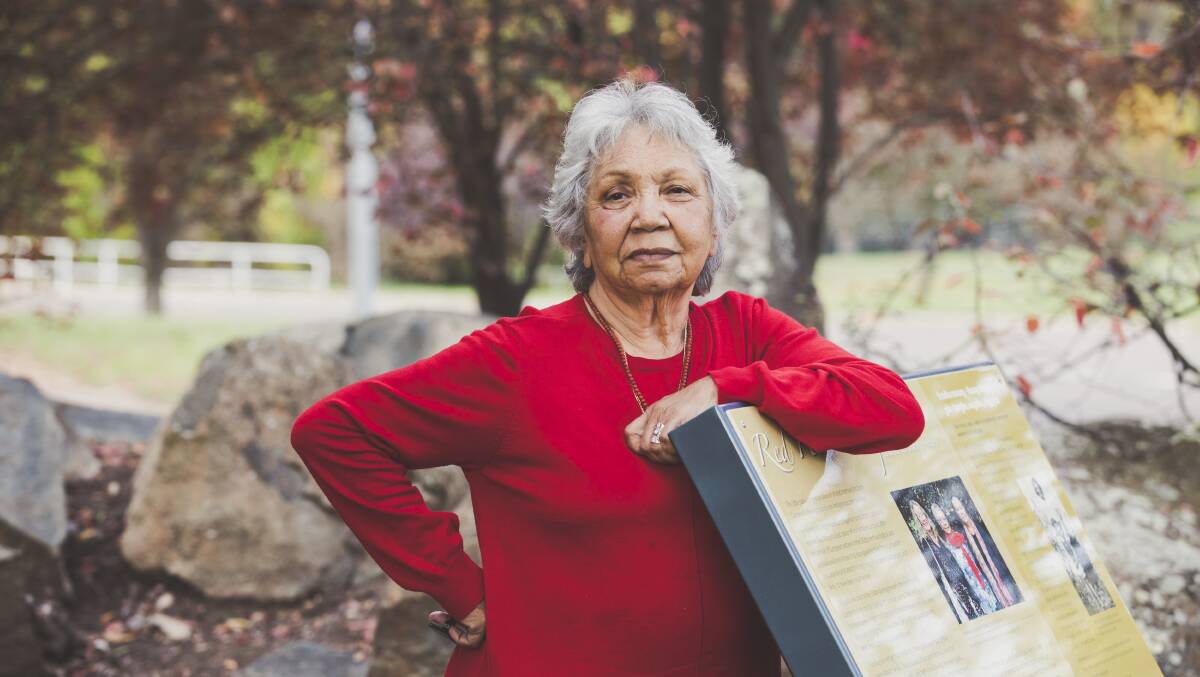To passing motorists, the traffic island in Griffith bounded by Flinders Way, Durville Crescent and Hayes Crescent might not appear distinct or special.
Subscribe now for unlimited access.
or signup to continue reading
But the site holds great historical significance for the Ngambri-Ngunnawal people, a fact now acknowledged by the ACT Heritage Council.

In a first for the ACT, the council in February agreed to grant heritage protection to the site on the basis of its importance to the territory's Indigenous history.
The site was used as a campground by Aboriginal people during the 1920s to 1940s, a period during which many of Canberra's first suburbs started to form. The campground, known colloquially as the "last campsite of the Ngunnawal", is the only known place of its kind in the ACT, according to the council.
The council's decision marked a victory for Ngambri-Ngunnawal elder Matilda Williams House and Australian National University's archaeology school, who had campaigned for years to have the site's historic value enshrined.
Dr House, 74, remembered camping at the park as a child with her grandparents, who worked at the nearby Narrabundah homestead.
She lobbied for greater recognition of the campground as a member of the first ACT Heritage Council, believing the site was a natural monument to the Ngambri-Ngunnawal people's connection to country and involvement in Canberra's formative years.
The university's archaeology school became involved in 2016, with student Steve Skitmore leading an excavation of the site.

Mr Skitmore's dig uncovered mostly European material such as glass and ceramics. But the process helped prove the site's place in a "hidden" part of Canberra's history, according to ANU senior archaeology lecturer Duncan Wright.
"People knew that there was Ngunnawal and Ngambri people here for hundreds if not thousands of years, but when it came to Canberra being founded as a city then the Aboriginal voice kind of vanishes from it," Dr Wright said.
"Yet they were involved in the work camps when they were creating the Canberra suburbs. This encapsulated that story, which was not something that existed anywhere else up until this point."
The traffic island is currently landscaped as a park, but Mr Skitmore and Dr House hope it will be one day be turned into a playground which includes more references to its Indigenous past.
Dr House wants the listing to be a catalyst for greater recognition and protection of Canberra's Indigenous heritage, saying she has "too often opened the newspaper to see another tree being chopped down here or there."
Dr Wright agrees.
"A large chunk of this depends on people," he said.
"That means students like Steve, who get excited about it and want to help out. It depends on the goodwill of the broad community, including people like Matilda who want this to be not just a polarising issue but as something that we can do to grow together."

